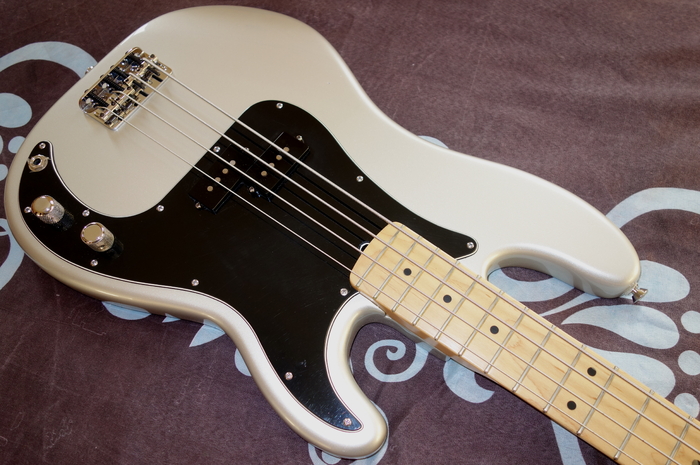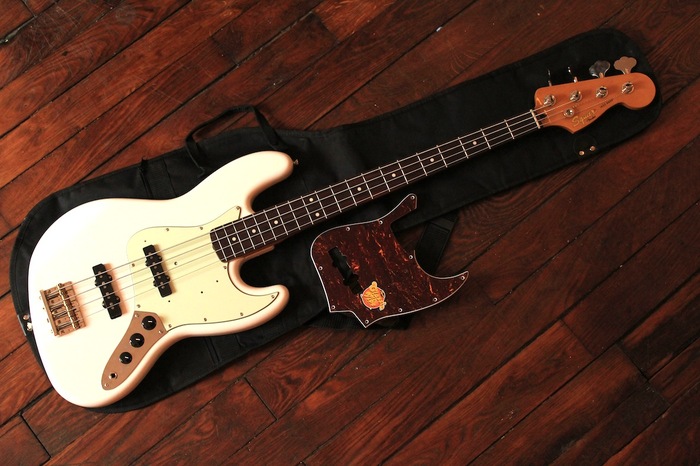Duck v1.1.4 WiN Team R2R 16 September 2020 5.8 MB Win32/64; AAX., VST3, VST, x86, x64 Ducking, or sidechain compression, is one of the defining effects of modern music. From classic house to modern EDM, tracks by Daft Punk, Noisia and Eric Prydz ooze that pumping, ducking effect. So, whether you’re producing pumping. It is most commonly used to duck (bass) sounds on each kick punch. This page is for free user.Anybody can download our free products from Here. Just go to this page and click on Download button. Gmail account creator bot cracked. SideChainer is a free VST Plugin for Instant Side Chain Effect. SideChain is widely used in all modern 'Electronic' Tracks.
Learning how to sidechain properly is a production technique that can just up the quality of all your tracks, and in this post, we walk through four techniques to achieve similar results.
Sidechain compression is a technique that’s found its way into pretty much EVERY dance track in the world – in all genres – and for VERY good reason.
From time to time, you learn something that helps your reach a new level of production quality. For me, one of them was definitely getting to grips with sidechain compression. It was truly one of those “Eureka!” moments (except I wasn’t sat in a bath at the time, of course. Never produce music in the bath. Please).
Sidechain compression used to be nigh-on impossible, but with the advent of powerful plugins, pretty much EVERY compressor plugin now has this feature.
One of the first tracks that really brought it to the attention of a lot of producers was Eric Prydz’ “Call on Me”, with the strings being “ducked” by the kick drum, giving it a pumping feel (check it out below):
Here are some of the reasons it's such a useful technique: Asio for mac os x.
1. It can help your kick drum really punch through the mix.
2. It can help reduce “mud” in the mix.
3. It can help glue your kick and bass together.
4. It can be used as an extreme creative effect, or as a subtle tool.
Not many people know, though, but there are four different ways that you can achieve this effect (video of each at the end of this post):
NOTE: There are actually some advanced professor sidechain compression techniques to play with, too, but they’re a bit beyond the scope of this post. If you want to know how a compressor works, check this post out.

Sidechain Technique 1:
Dedicated Sidechain Trigger Track
Create a new MIDI channel with a sampler, and load in a drum sample (I prefer a very short, sharp tick. I use a rimshot sound, actually, so all of the sustain and release is done with the controls of the compressor). Program in the pattern of the sidechain trigger that you want. Usually it would be a 4/4 beat but if you're doing a future bass track you'd usually program in your sidechain triggers to hit at the same time as your kicks play. Route the audio to “sends only” so you can't actually hear the drum playing, but the audio is still being sent through the system so we can access it through the send controls.
Now open up a compressor on the track you want to sidechain compress (e.g the bass line), then route your sidechain trigger audio into the sidechain input on the compressor. Now the tick from this side chain track is going to compress the bassline.
The way we do that is to take the threshold right down to 0, take the attack down as fast as it will go and put the ratio right up. Then we start working up that release time until we get the pump in the correct rhythm that we want for the rest of our song. What we want is for this gain reduction to get right up to zero between every pump otherwise the bassline (or whichever track we’re side chaining) doesn't ever reach its full volume. Unless the gain reduction hits zero each time we're just reducing the volume of that track.
If you want less or more sidechain effect you can either use the dry/wet knob, or the ratio knob (because you might not want it to reach complete silence every time the kick hits). You can then simply copy and paste this compressor onto the other tracks you want to side chain and adjust the controls to your liking.

Sidechain Technique 2:
Trigger the Sidechain Compression from the Kick
Simply route the main kick (instead of the dedicated side chain trigger) into the sidechain input of your compressor.
Now some people prefer to this technique because they argue – quite rightly – that every kick has a different waveform, so if you
trigger it from the kick itself (rather than a sidechain tick), then the sidechain compression is going to meld together better and the shape is going to be more harmonious.
Prydz Side Chain Bass Nexus Download
However, kick drums are a lot longer than a very sharp tick, so the release time of the compressor is going to end up being set a lot lower (which is fine if that's what you want). The kick will reduce the gain for a much longer period of time because the kick is a much longer signal than our short rimshot.
Technique 3:
Automation Plugins
Technique three is to use plugins like the Xfer LFO tool or the Nicky Romero Kickstart. Instead of a compressor you've actually just got a plug-in which is, in effect, a volume automation that is synced to the tempo of your track. Set a 4/4 beat make sure that the volume is being automated rather than the panning or anything else, and then adjust the shape of the curve to your liking.
Prydz Sidechain Bass Nexus
Technique 4:

Manual Volume Automation
The fourth and final option is to do it manually by automating the level of your track. However, do this with a level control plugin (like Ableton Live’s “Utility”) rather than the channel fader, as if you want to adjust the levels in the mix later on, you're gonna have to move all the automation on your channel fader (and that’s a massive pain!). This technique gives you the most control, but it's very painstaking. Vlc player brightness mac. This is really great when we're trying to get things as loud as possible when we're creating our mixdown for the final mastering stage (I’m not going to cover that in this post, but it’s included in my Ultimate EDM Mixing Course. There are also another whole bunch of more advanced sidechain tricks included in the course which help you do things like clear up room in the mix, reduce mud and help things really cut through and gain clarity in the mix. To find out more, click here).
My Favourite Technique:

My favourite option out of all of those is the first, which is to use a dedicated sidechain track. This is because you don't have to follow the exact rhythm of your kick, eg. if your kick has a little change in pattern at the end of a bar, you don't necessarily want your sidechain trigger to follow that pattern – I’d probably want to keep it on the 4/4 beat. The other bonus is that you can turn off the sidechain trigger very easily just by deleting the sidechain track (during a break, for instance) if you don't want the pumping effect in that particular part of your song.
All in all, though, it’s a complete matter of preference, so have a play, experiment, and find out what
you like best.
Here is a video walkthrough of each technique. As usual, the video is in Ableton Live, but I’ve made sure the techniques can be replicated in any DAW, so if FL Studio or Logic Pro are your thing, don’t worry….it’s near-as dammit the same for all of them:

Pridz Sidechain Bass Nexus Download
Are there any techniques you like to use? Share the love in the comments below!
Cheers, and happy producing,
Will